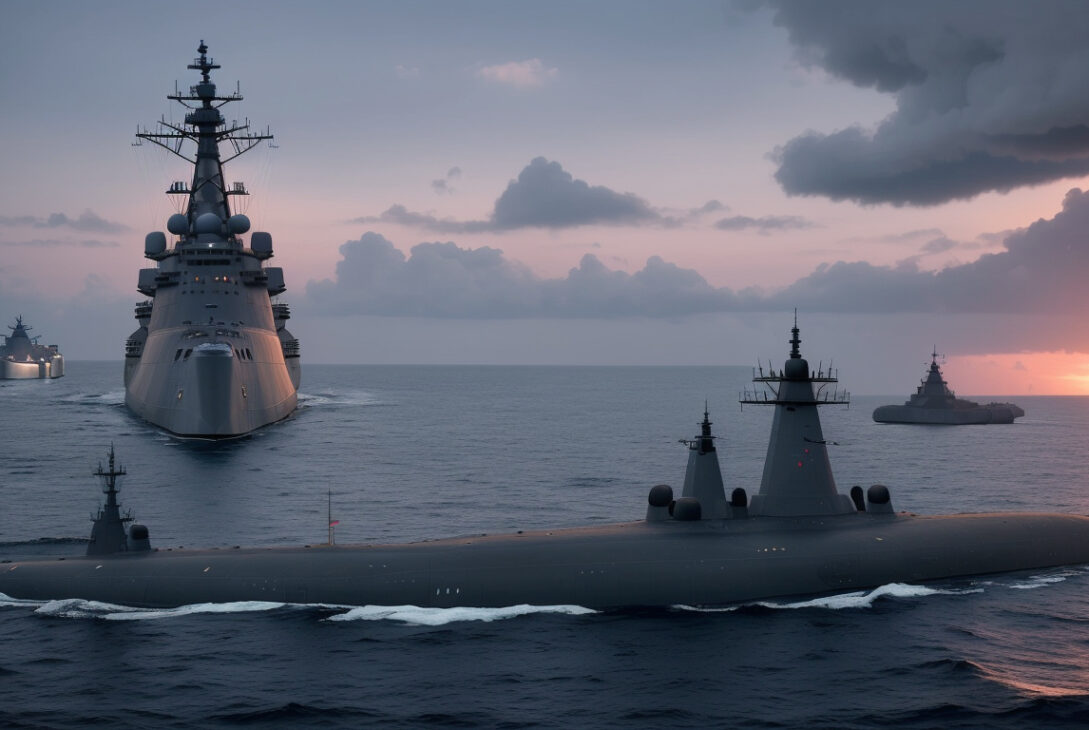United States Shares Highly Classified Nuclear Submarine Technology with South Korea, Previously Exclusive to Close Ally UK
In a groundbreaking development, the United States has agreed to share highly classified nuclear submarine technology with South Korea—a move that marks a significant shift in U.S. defense partnerships. According to the Associated Press (AP), this advanced technology had previously been shared only with the United Kingdom, America’s closest ally.
A New Level of Military Collaboration
The decision to provide South Korea with this sensitive technology underscores the growing strategic ties between the two nations, particularly in the face of evolving regional security challenges. South Korea, traditionally reliant on diesel-electric submarines, stands to significantly bolster its naval capabilities through access to nuclear-powered submarine technology, which offers enhanced endurance and operational range.
Significance of the Technology Transfer
Nuclear submarines are pivotal for establishing a formidable underwater deterrent due to their ability to operate submerged for extended periods without surfacing. By sharing this technology with South Korea, the U.S. is facilitating a major advancement in South Korea’s defense posture, enabling it to safeguard its interests more effectively amid tensions in Northeast Asia.
Historical Context of U.S. Technology Sharing
Historically, the U.S. has been highly selective in transferring nuclear propulsion technology, maintaining strict confidentiality due to the sensitive nature of the technology and its strategic implications. The UK’s longstanding access has exemplified the depth of the U.S.-UK "special relationship." Extending this level of trust to South Korea highlights a recalibration of U.S. security alliances, reflecting a desire to strengthen key partners in the Indo-Pacific region.
Implications for Regional Security
This development is expected to impact the balance of power in the region, potentially prompting neighboring countries to reassess their own maritime capabilities. It also signals the U.S.’s commitment to reinforcing the defense capabilities of its allies amid concerns over North Korea’s military ambitions and China’s growing naval presence.
Conclusion
The sharing of nuclear submarine technology with South Korea represents a landmark moment in military cooperation. As South Korea moves forward in enhancing its naval forces, this collaboration with the United States is likely to play a critical role in shaping the security landscape of Northeast Asia in the years to come.










